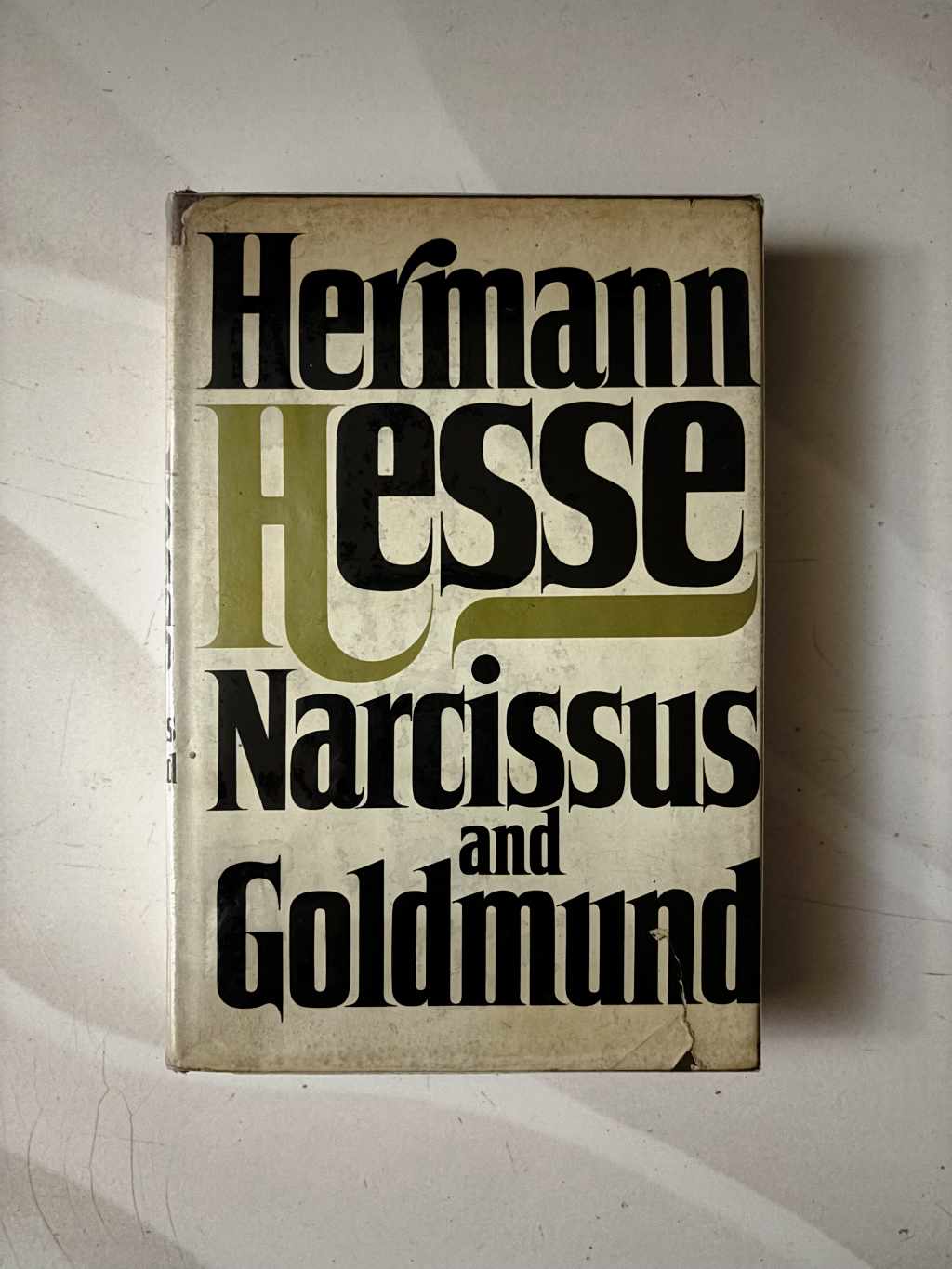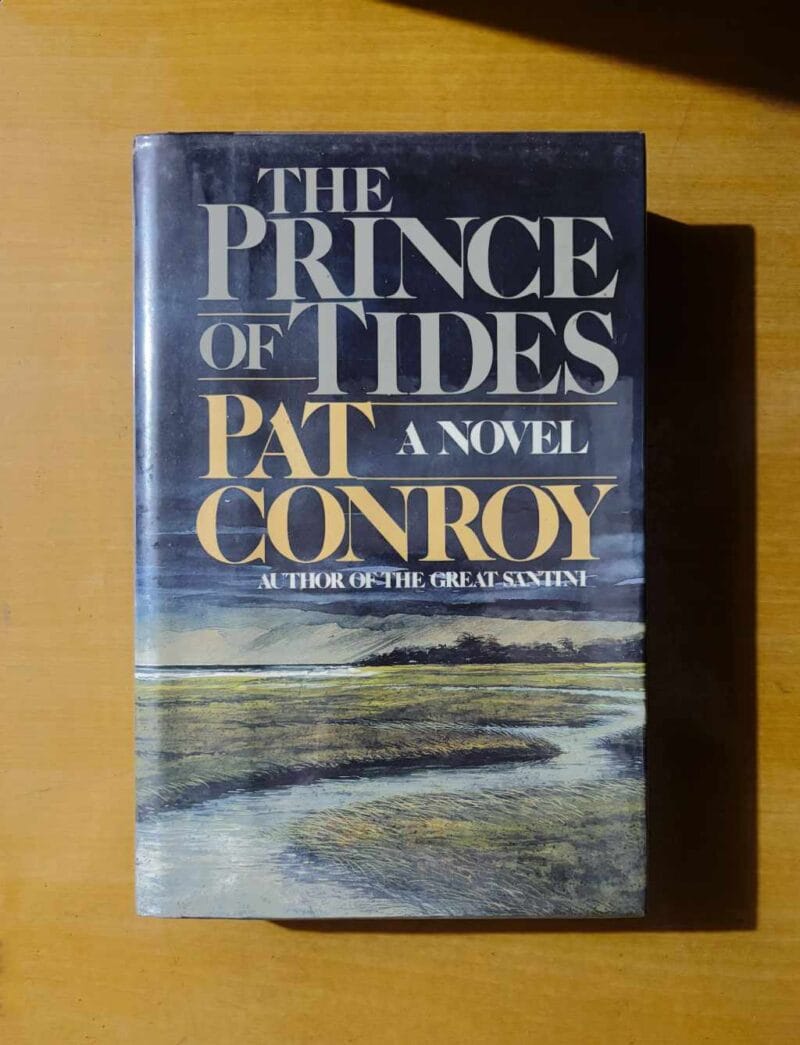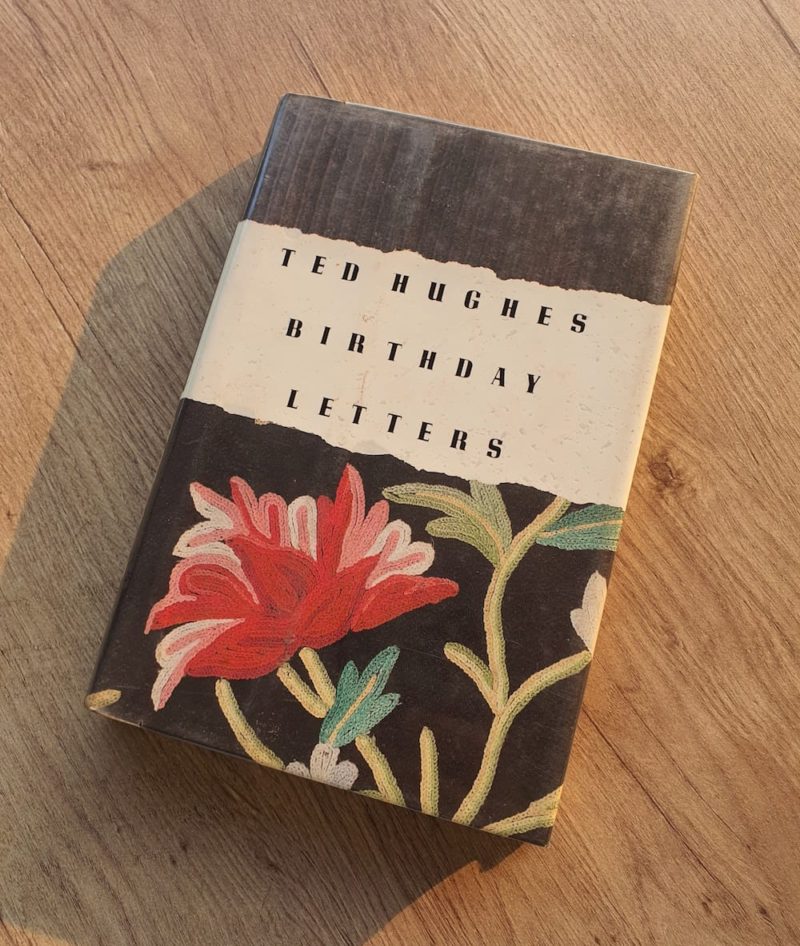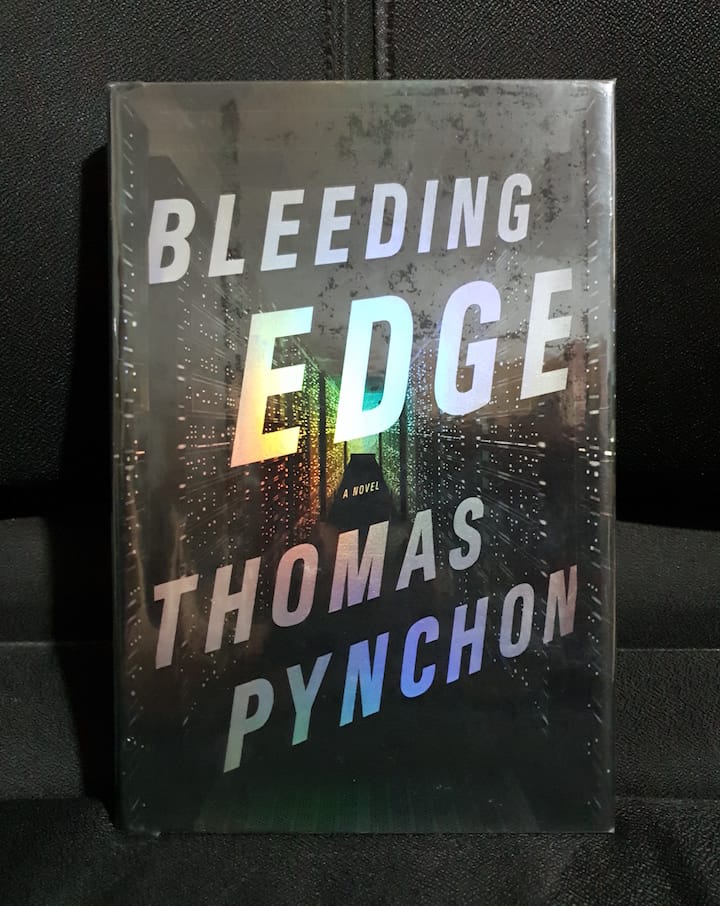The book by Hermann Hesse that stands among his most meditative works, Narcissus and Goldmund (Narziss und Goldmund, 1930), distills spiritual restlessness into the intertwined lives of two men who choose opposing paths. It probes the rift between the contemplative and the sensual, the cloistered life and the life of wandering, the search for structure, and the pull of impermanence. The characters’ choices and destinies, devoid of compromise, express these conflicts.
Set in medieval Germany, the story follows Goldmund, a young novice who, after a pivotal encounter with the disciplined Narcissus, turns away from monastic vows and enters a life devoted to pleasures, love, and art. Though their lives diverge, the bond between them remains charged with symbolic tension, as if each man were the missing part that might complete the other. The book, however, does not conclude in a simple dualism; it moves toward a meditation on polarity and enduring contradiction.
Hesse’s work has always drawn from myth, depth psychology, and spiritual inquiry, but in this book, those elements gather into a subtle, challenging harmony. Narcissus and Goldmund has been read as a study in oppositional archetypes, a reflection on artistic vision, and a philosophical parable set in a time of plague and pilgrimage. Whatever the framing, the book’s reflections on death, beauty, and the search for purpose remain charged with urgency. In the sections that follow, we examine how these themes are organized and embodied, never reaching closure, in one of Hesse’s most enduring literary visions.
Narrative Structure and Character Duality
Plot as Metaphor: Journey Beyond the Cloister
The structure of Narcissus and Goldmund is deceptively linear. It follows Goldmund’s departure from the cloister, his experiences on the road, his encounters with lovers and mentors, and his gradual awakening to artistic purpose. But this surface linearity hides a complex arrangement built on mirroring and circularity. The story opens within the monastic walls of Mariabronn, a space defined by ritual and order, and ends with Goldmund’s return to that same place. He returns not to reclaim what he left behind, but to die under the quiet gaze of the one man who once led him to abandon it.
This looping movement from enclosure to departure to return carries more than narrative function. It maps an inner movement. Goldmund’s wanderings do not produce enlightenment in the usual sense; instead, they wear him down and yield both fleeting joys and lasting regrets. The absence of a final synthesis between freedom and belonging, spirit and flesh, lends the book a tragic symmetry. Unlike stories that end in transformation or rebirth, this one closes with the body spent, the soul unresolved, and the world unchanged. Structure, in this case, does not contain or elevate; it follows the slow drift of contradiction through time.
Narcissus and Goldmund as Embodied Opposites
From their first meeting, Narcissus and Goldmund appear as mirror forms determined to expose a central divide. Narcissus, bound to the intellectual and spiritual life, embodies clarity, asceticism, and restraint. His devotion is philosophical, not exclusively religious, almost monolithic in its precision. He sees Goldmund’s potential even before Goldmund understands his own identity, analyzing Goldmund with a sympathy that marks him as both teacher and witness. His role in the book remains largely stationary; he does not need to move through the world because he serves as the stable thematic standard.
Goldmund, by contrast, is all motion. Restless, sensuous, and deeply susceptible to beauty, he becomes the book’s vehicle for exploring impermanence. His life accumulates experiences of the erotic, artistic, violent, and domestic without ever quite coalescing into a unified identity. Women pass through his life as figures of longing or loss; moments of stability dissolve into flight; even his artistry, once achieved, brings no real anchoring. He resembles characters such as Claude Lantier in Émile Zola’s The Masterpiece (1886), whose creative power becomes indistinguishable from torment, or Lucy Snowe in Charlotte Brontë’s Villette (1853), whose inwardness both deepens and isolates her.
Hesse does not offer a compromise in this book—Narcissus and Goldmund remain apart spiritually, ideologically, and temperamentally, with their mutual respect not evolving into a shared vision. The book gains its strength from their separation. Together, they suggest not balance but disharmony, the condition of always being partially known, always incomplete in one’s own constitution.
Themes and Symbols
The Feminine Figure and the Maternal Archetype
Throughout the book, the feminine appears not as a single character or presence but as a diffused emotional current running through Goldmund’s journey. His early memory of being abandoned by his mother haunts him, not as a specific trauma but as a vague and formative loss. Nearly every woman he encounters becomes, in some way, a substitute for this absence, whether as objects of desire, comfort, fear, or transience. The women are never allowed permanence, and they rarely exist as autonomous individuals.
This maternal undercurrent governs his entire emotional and artistic life. His sensuality is not separate from his aesthetic awakening; both are expressions of a search for something lost. Later characters—such as the narrator in Jean Rhys’ Wide Sargasso Sea (1966), whose desires are entangled with dislocation and erasure, or the women lacking unity in Patrick Modiano’s Missing Person (1978), bound to memory and unraveling—advance the emotional territory that Hesse’s book had already begun to chart. In Narcissus and Goldmund, the feminine serves as both a lure and a limit, representing a world of feeling that cannot be stabilized, only experienced and left behind.
Art and Mortality: The Sculptor’s Dilemma
Goldmund’s discovery of sculpture marks the closest he comes to inner unity. After years of drifting, he begins to create figures from wood, translating his chaotic experiences into objects that carry stillness and presence. Yet even here, the work is not restorative. The beauty he creates does not console him. His artistic gift emerges precisely because he cannot keep what he loves, because everything he touches vanishes. To carve beauty from perishability becomes both a tribute to life and an acknowledgment that nothing remains untouched by time.
This fusion of artistry and death aligns Goldmund with other creators in literature whose vision sharpens in proximity to loss. The figure of Stephen in Ayi Kwei Armah’s The Beautyful Ones Are Not Yet Born (1968), though formed by a different world, confronts the same futility of idealism in a world closed to renewal. Earlier still, Henrik Ibsen’s Hedda Gabler (1890) presents a character paralyzed by the failure of artistic and personal agency in a society indifferent to creative intensity. In Hesse’s book, sculpture becomes the outward trace of inward depletion.
The Plague as Moral Reckoning
Late in the book, Goldmund’s encounter with the plague shatters the rhythm of his wandering life. It spreads without purpose or design across the countryside, dismantling the sensual pleasures and fleeting certainties he once pursued. No longer insulated by beauty or longing, he faces a form of suffering that offers nothing to interpret. There are only bodies to tend, graves to dig, and infections to escape. His response is immediate, physical, unsentimental. He acts not out of insight but necessity. The plague does not deepen his understanding of life; it strips away the last of his illusions. Mortality no longer lingers as a distant concept. It arrives with blunt and irreversible severity.
The plague sequences invert the structure of earlier erotic or artistic episodes. Where those moments suggest the possibility of transformation through beauty, the plague leaves nothing behind. It cancels what once felt vivid or formative, reducing experience to exhaustion and blankness. The arrival of the plague strips away the illusion that experience can yield wisdom. It brings Goldmund not clarity but fatigue, and exposes how little control he ever had over the course of his life.
Philosophical Framework and Legacy
The Incomplete Synthesis of Opposites
Ultimately, the book does not seek to reconcile the contrast between its two central characters. Narcissus remains within the cloister, composed and rigorous, committed to a life of structure and spiritual order, while Goldmund leaves that world behind, seeking meaning through sensual immersion, artistic creation, and restless movement. Their mutual admiration never becomes a point of convergence. Hesse declines to imagine a third path that might contain them both.
This refusal to synthesize distinguishes the book from works that resolve opposition through transformation. In Thomas Mann’s The Magic Mountain (1924), for example, the ideological battle between Settembrini and Naphta is staged with greater abstraction but ultimately moves toward cessation. In D. H. Lawrence’s Women in Love (1920), the emotional tension between Ursula and Gudrun circles around mutual destruction. Hesse’s approach is quieter but no less severe. The characters survive their conflict, but neither achieves wholeness. The book remains suspended between two visions of how to live that, while vivid, are also incomplete.
Contradiction and the Limits of Resolution
Although structured around a central duality, the book gradually moves toward a broader philosophical question: whether any form of life—spiritual, sensual, artistic, or contemplative—can sustain the contradictions it inevitably contains. In this regard, it recalls Friedrich Nietzsche’s The Birth of Tragedy (1872), where the conflict between Apollonian order and Dionysian abandon remains unresolved and must simply be carried. Goldmund does not represent this tension in thought but in body, in impulse, and in his slow unraveling over time.
What remains most disturbing in Narcissus and Goldmund is not the contrast between their choices, but the absence of any conclusion that might redeem the divide. Neither the contemplative life nor the sensual life is granted moral authority or final insight. Hesse offers no synthesis, no merging of paths, only the trace of two lives conditioned by what each has refused or lost. The distance between them never narrows. In this unconcluded space, the book gestures toward a type of understanding that does not reconcile opposites but accepts their presence without defense. To live without resolution, it suggests, is not a failure of thought but a condition of being.
Further Reading
Analysis of Hermann Hesse’s Narcissus and Goldmund by Nasrullah Mambrol, Literariness.org
Can Beauty Destroy? The Tragic Tale of Narcissus & Goldmund by Classic Literature, YouTube
Narcissus and Goldmund analysis on Reddit




